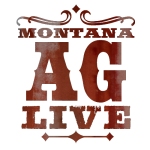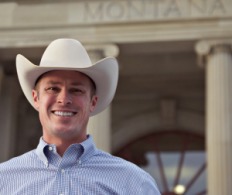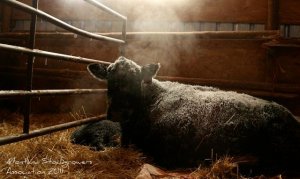Montana Ranching FAQ | Copper Deficiency in Cattle
 What questions do you have about ranching in Montana? We’re teaming up with Montana PBS’ Ag Live program to bring you the answers. The Ag Live program from Montana PBS teams up with experts from Montana State University Extension to discuss everything from pesticide use and agricultural techniques involved in ranching and the cattle business. We ask that you submit questions to [email protected]. These questions will be answered by PBS and MSU Extension, then published in our monthly Digital Newsletter.
What questions do you have about ranching in Montana? We’re teaming up with Montana PBS’ Ag Live program to bring you the answers. The Ag Live program from Montana PBS teams up with experts from Montana State University Extension to discuss everything from pesticide use and agricultural techniques involved in ranching and the cattle business. We ask that you submit questions to [email protected]. These questions will be answered by PBS and MSU Extension, then published in our monthly Digital Newsletter.
Q: The hair coat on my black cows is turning red. My veterinarian said something about minerals. Can you help me?
A: The first visible sign of a copper deficiency in cattle is often a bleaching of the hair coat, which may result in a change to a red/brown color in black-haired cattle. Copper deficiencies may result from a primary deficiency, where copper itself is deficient in the diet, or from a secondary deficiency, which can result when dietary concentrations of copper are adequate, but absorption of copper is limited by the interference of other minerals, such as molybdenum, sulfur, or both. High dietary iron can also reduce copper absorption.
Copper is a critical mineral in the immune and reproductive systems, so if an imbalance is suspected, it is important to investigate further. Samples of forage (grazed pasture, hay, etc.) should be sent to a laboratory for a full mineral screen to determine whether a primary or secondary deficiency is at hand. Once results are obtained, an alteration to the mineral supplementation plan may be in order. Your local county Extension agent can help you with forage sampling, analyses, and interpretation of results.
This week’s question was answered by Rachel Endecott, MSU Extension Beef Cattle Specialist.
Related information:










